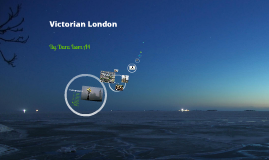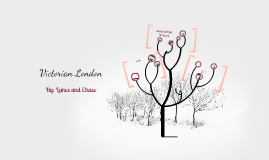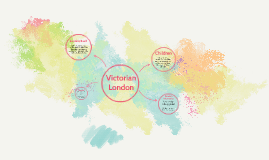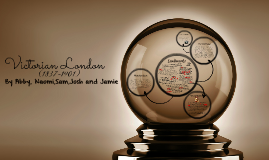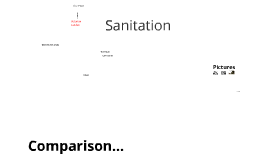Victorian London
Transcript: Tower of London - In the Victorian times this place was predominantley known for keeping people in its hands, like a modern day prison. it is also nicknamed the Bloody tower because a murder is said to have taken place in its premesis, of two young boys! Nelsons Column - With Queen Victorias permission, in 1843 the 52 metre Nelsons Colum was opened. It is a monument of Trafalgar Square to commemorate Admiral Horatio Nelson who died at the battle of Trafalgar in 1805. Firstly we will talk about what may of developed London's population and success. There were lots of different lifestyles during the Victorian period- rich and poor, smart and scruffy and fit and ill. Watch this video to give you a taste of contrasting life choices and styles. Landmarks By Abby, Naomi,Sam,Josh and Jamie Different Lifestyles St paul's cathedral - this cathedral is an active, Anglican cathedral founded/opened in 1708. It wasnt one of queen victorias favourites, she heavily criticised it for being " most deary,dingy and un- devotional (1837-1901) The Workhouse Unfortunately, Victoria died on January 22 1901, at the age of 81. She managed to hold and extremely successful 63 years 7 months and 2 days reign. West Minster Abbey - This is a church in central londonand was built in 1090, well before the Victorian period it want till then the Abbey had a massive effect on the city. In the period they done it up, and it was at that point West Minster Abbey helped improve the population and wealth of the overall city. In early Victorian times, if a person as too old or physically/financially unable to work, then they were sent to the workhouse. The workhouse was, evidently, a place of work, they took poor people ad have them bedding and food, in return for hard work. They lived under very strict conditions. if an inmate (people who worked/lived there) was caught doing a slight mistake, they were consequently severe punishments. For example, if they were caught swearing they would have their food taken off them for 48 hours-which was really quite harsh considering they did not receive much food daily. they also lived under quite strict conditions- their timetable went like this; rise at 6am, 6;30-7 am breakfast, 7-12pm work, 12pm-1pm dinner, 1-6pm work, 6/7 pm supper and 8pm bedtime. The official definition of a workhouse is a "public institution in which the destitute of a a parish received board and lodging in return for work" which basically means that it is a place where people went to work (you could even say to slave) in return for a bed to sleep in at night - it was not very pleasant at all. Queen Victoria was the Royal Monarch during the Victorian Period. She was born on 24 May 1819 at Kensington Palace, daughter of Edward, duke of Kent, and Victoria, of Saxe-cobury Sallfield. When Victoria reached 17, she was married to her beloved husband and cousin Albert; together they had 9 children - four sons and 5 daughters. Our current queen, Queen Elizabeth II was Victoria's great great granddaughter. Victorian Sport After her death, Edward VII became king and managed to strengthen the country on the build up to world war II, the British Empire and developed the country's infrastructure. Victorian London Common sports played in this era were soccer, rugby, boxing, rowing, horse racing, cricket and athletics. In the Victorian period, rules and regulations weren't followed as strictly as they are now, this resulted in more injuries (some fatal), riots, bad sportsmanship and disrespect towards the referees. sport was disorganized. The ashes (cricket) was created in the Victorian Era when England took on Australia in their first test match. The RFU (rugby football union) was also founded and created which developed the game of rugby in that time. Queen Victoria Tower Bridge - The Bridge opened in 1894 after Victoria decided there should be a road/footpa across the river thames, back then and present times. It is called Tower Bridge becauseof the spires on the edges looking like towers or cannons.






